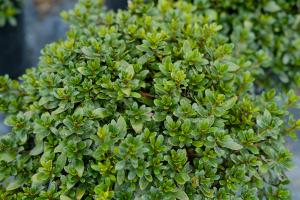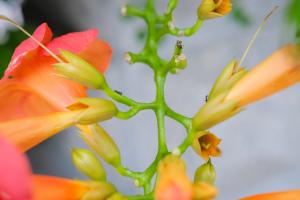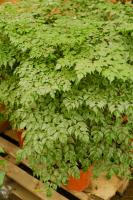Why Did Many Towns in the U.S Plant Elm Trees?
Elm trees were once a ubiquitous sight in many towns and cities throughout the United States. These majestic trees lined streets, shaded parks, and served as symbols of strength and endurance. Many people may wonder why so many towns in the U.S. chose to plant elm trees in the first place. This article will examine the reasons behind this trend.
History of Elm Trees in the U.S.
Elm trees have been present in the United States since the colonial era. In fact, one of the oldest elm trees in the country, the Treaty Elm, was planted in Philadelphia in the late 1600s. However, it was not until the mid-1800s that elm trees became a popular choice for urban planting. As cities and towns across the country expanded in the aftermath of the Industrial Revolution, the need for shade, aesthetic beauty, and environmental benefits became more important.
The Benefits of Elm Trees
One of the most significant benefits of elm trees is their ability to provide shade. In the hot and humid summers of many U.S. cities, the cooling shade of an elm tree was highly appreciated by residents. In addition to shade, elm trees also provide a range of environmental benefits. They filter pollutants from the air, absorb carbon dioxide, and release oxygen. Elm trees also play an important role in controlling water runoff and preventing soil erosion.
The Resilience of Elm Trees
The resilience of elm trees was another factor that made them a popular choice for urban planting. Elm trees can withstand harsh weather conditions, diseases, and pests. In fact, American elm trees were so hardy that they were often used as windbreaks during the Dust Bowl years of the 1930s. Elm trees were also highly valued for their longevity. A well-cared-for elm tree can live for hundreds of years, providing beauty, shade, and environmental benefits to generations of people.
The Decline of Elm Trees
The popularity of elm trees came to a sharp decline in the mid-20th century due to the arrival of Dutch elm disease. This fungal disease, which originated in Asia, was first discovered in the U.S. in the 1930s. By the 1960s, Dutch elm disease had spread throughout much of North America, killing millions of elm trees. The loss of so many elm trees had a significant impact on the aesthetic and environmental character of many U.S. cities and towns.
The Future of Elm Trees
Today, efforts are underway to bring back the elm tree to U.S. cities and towns. Many new varieties of elm trees have been developed that are resistant to Dutch elm disease. These trees, along with improved management practices, have allowed for the return of elm trees to many urban areas. The planting of elm trees not only adds beauty and shade to the urban landscape but also provides important environmental benefits in the fight against climate change.
Conclusion
The planting of elm trees in many U.S. towns and cities was driven by the need for shade, aesthetic beauty, and environmental benefits. Their resilience and longevity made them a popular choice for urban planting, but the arrival of Dutch elm disease in the mid-20th century led to the loss of many elm trees. Today, new varieties of elm trees and improved management practices have led to a resurgence of elm trees in many urban areas, providing important environmental benefits for generations to come.

 how many times do yo...
how many times do yo... how many planted tre...
how many planted tre... how many pine trees ...
how many pine trees ... how many pecan trees...
how many pecan trees... how many plants comp...
how many plants comp... how many plants can ...
how many plants can ... how many plants and ...
how many plants and ... how many pepper plan...
how many pepper plan...
































